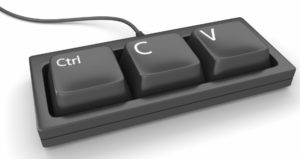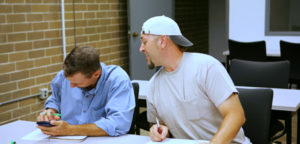
Activities that Promote Awareness of What Is and Isn’t Cheating
Although some behaviors are pretty much universally identified as cheating (copying exam answers, for example), we’re not in agreement on everything. Particularly significant are disagreements between faculty and students (for example, students don’t think cheating occurs if they look something up on their phone and







